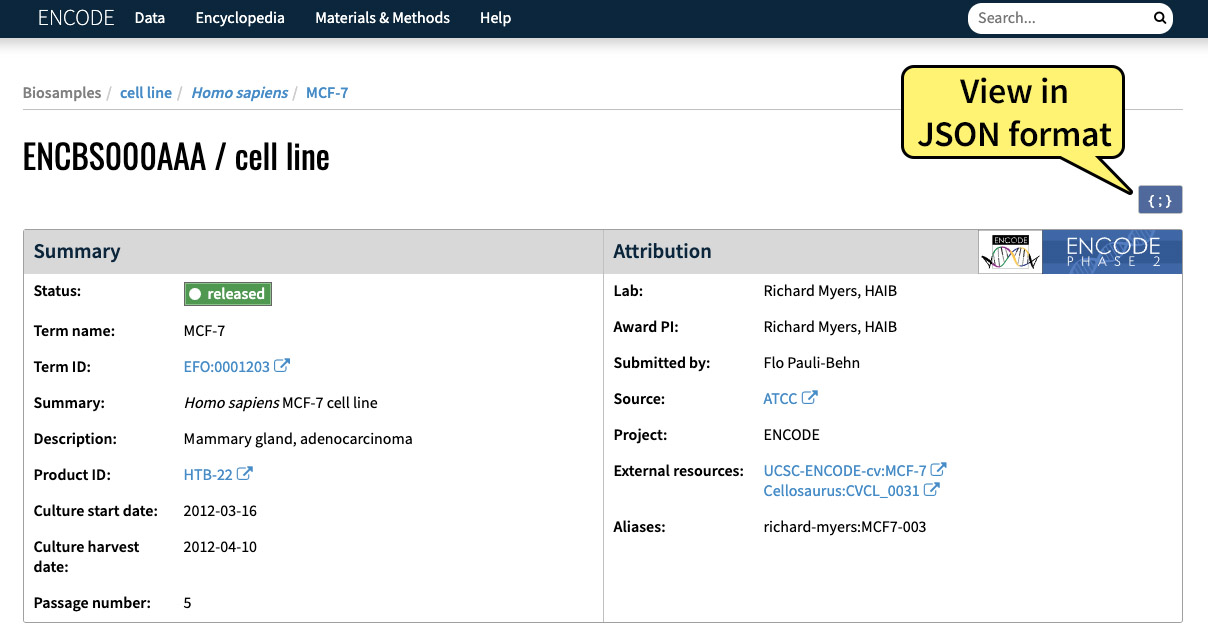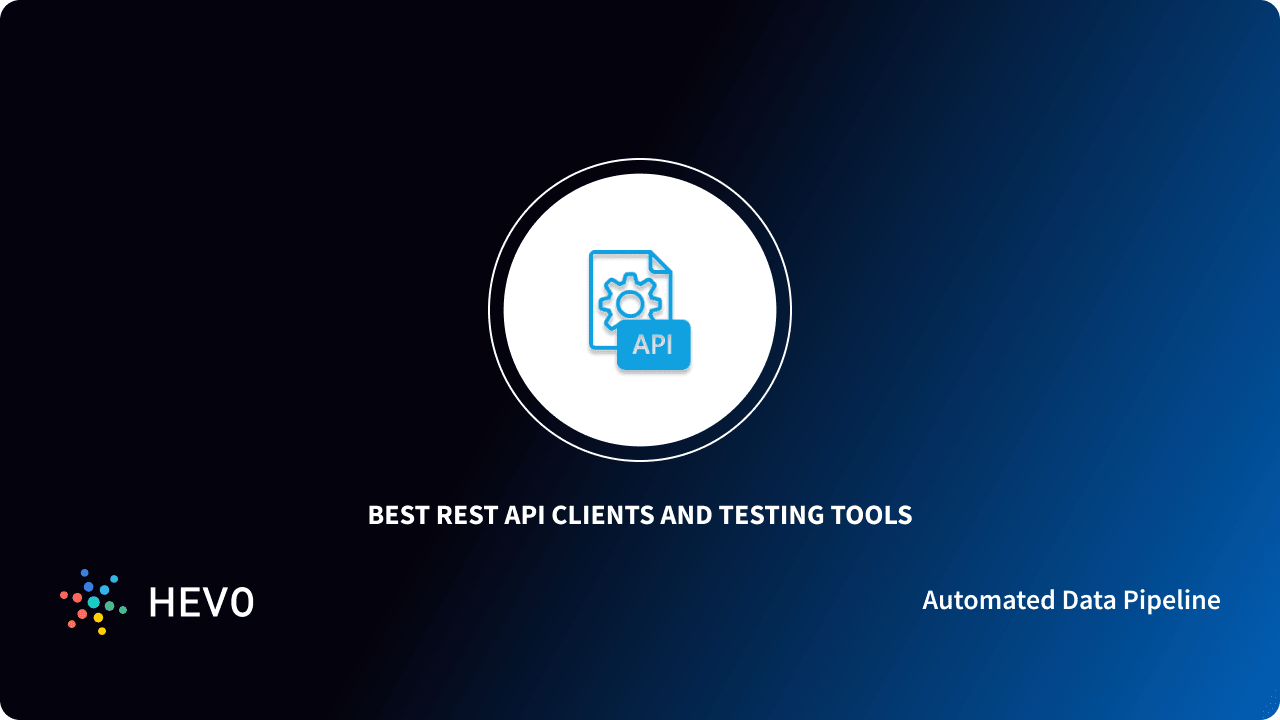

Testing the second layer is to ensure whether all the implemented functions are working accurately. The second layer - API or service tests layer - aims to focus on business rules of applications under test and covers 20% of the code. Looking at the test pyramid, it can be observed that the first layer, i.e., unit/component test layer covers 70% of the code. Testing has three different layers that are often depicted using the test pyramid, a term coined by Mike Cohn, author of “Succeeding with Agile.” It consists of three layers that represent the types of testing involved and implies the amount of testing required at each layer. API Testing is carried out at the business process logic, a crucial step where all the interactions between database and user interface take place. Usually, applications have three separate layers that include a User Interface layer or Presentation layer, an Application User Interface layer for processing business logic, and a database layer where the data can be manipulated. Often Agile and DevOps teams prefer API Testing over UI automation testing because it expedites the testing workflows what would take a few hours in GUI testing can be performed in a few minutes with API Testing. API Testing plays a vital role in building robust applications as it helps in Removing Bugs, Validating Logic, Determining Vulnerabilities, and more. Since there is an absence of Graphical User Interface (GUI), API Testing is carried out at the message layer, where the validation of application logic is effective. Introduction to API Testing Image SourceĪPI Testing involves assessing the Functionality, Performance, Security, and reliability of sophisticated applications.

As APIs provide high security by using Tokens, Signatures, and Transport Layer Security (TLS) Encryption, organizations can work hassle-free without exposing their sensitive information. Companies like PayPal, Google Maps services, and Twitter rely on APIs to assist other organizations or developers in creating advanced applications while still maintaining security and control over the information they share. APIs provide flexibility to connect with new business partners and access new markets, which can be helpful in generating returns and implementing digital transformation. Without using APIs, companies might lack connectivity and information that will compromise their performance and hinder productivity.

Generally, API requests are processed from client applications to web servers to authenticate and retrieve information. In other words, an API acts as an intermediary that transfers data among systems. Most organizations use APIs as it acts as a bridge between services and products to interact with one another with minimal hassle.
#WIDE OPEN API FOR TESTING JSON SOFTWARE#
Understanding Java RestAssured FrameworkĪPI or Application Programming Interface is a type of software interface that connects different software with minimal coding.You will also learn about the steps required to perform API Testing using the RestAssured Framework. Upon a complete walkthrough of this article, you will gain a decent understanding of API Testing and RestAssured Framework along with the salient features that they offer. But, the complications involved in API Testing can be eliminated as the RestAssured framework simplifies requesting and comprehending complex tests.

However, API Testing is not straightforward, especially in Java. The framework enables users to access functionality and identify issues in REST Web Services. RestAsssured Framework, a Java-based framework, is commonly used for REST API Automation Testing in many companies. I'm looking for a way to generate data (JSON object) from model definitions.Automation Testing is one of the essential aspects for organizations that build sophisticated applications.
#WIDE OPEN API FOR TESTING JSON CODE#
I want to test all available path from the OpenAPI definition, generate data to test the servers, analyse responses code and content, and to verify if the responses are conform to the API definition. I'm building a fuzzer for a REST API that has an OpenAPI (Swagger) definition.


 0 kommentar(er)
0 kommentar(er)
